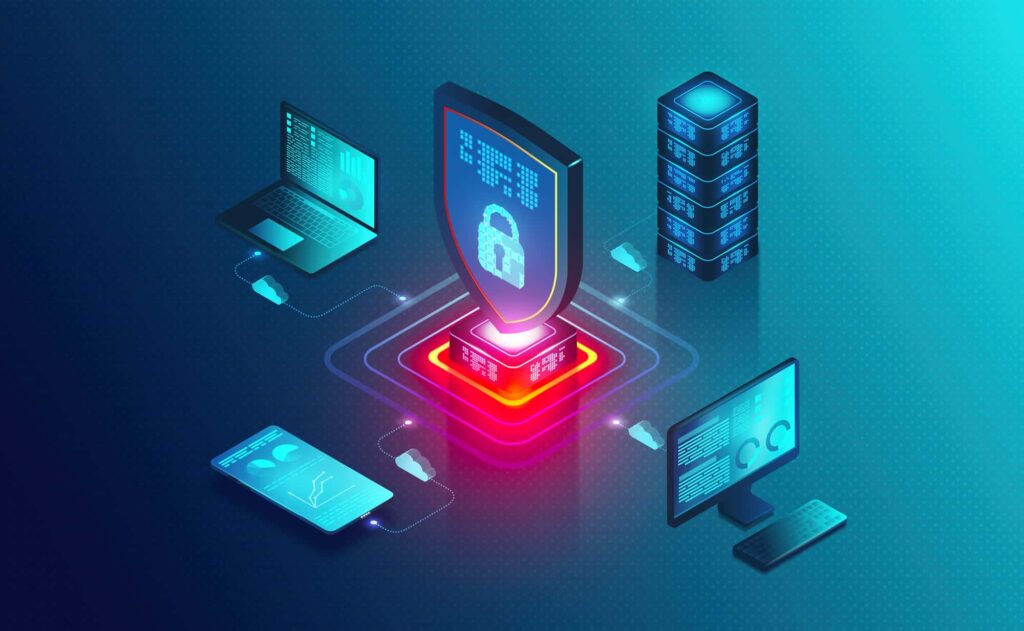In today’s digital landscape, where our personal information is stored, shared, and accessed online more than ever before, safeguarding your personal data is paramount. Cybercriminals are constantly devising new tactics to breach our digital defenses and exploit sensitive information. To ensure your personal data remains secure, it’s essential to follow cybersecurity best practices. In this blog post, we’ll explore key strategies to protect your personal data from falling into the wrong hands.
1. Strong, Unique Passwords
One of the most basic yet crucial steps in safeguarding your personal data is using strong, unique passwords for each online account. A strong password typically includes a combination of upper and lower-case letters, numbers, and special characters. Avoid using easily guessable information like birthdays or common phrases. Consider using a reputable password manager to generate and store complex passwords securely.
2. Implement Two-Factor Authentication (2FA)
Two-factor authentication (2FA) provides an extra layer of security by requiring you to provide two forms of identification before accessing your accounts. This often includes something you know (your password) and something you have (a temporary code sent to your mobile device). Enabling 2FA significantly reduces the risk of unauthorized access to your accounts, even if your password is compromised.
3. Regular Software Updates
Keeping your devices and software up to date is essential for maintaining cybersecurity. Software updates often include patches for known vulnerabilities, which cybercriminals may exploit if left unaddressed. Enable automatic updates whenever possible to ensure you’re protected against the latest threats.
4. Beware of Phishing Attacks
Phishing attacks are a common method used by cybercriminals to trick individuals into revealing sensitive information. Be cautious when clicking on links or opening attachments in emails, especially if they’re from unknown sources. Verify the sender’s identity and be skeptical of messages that create a sense of urgency or request personal information.
5. Secure Your Wi-Fi Network
Your home Wi-Fi network is a gateway to your personal data. Ensure your Wi-Fi router is password-protected with a strong, unique password. Use WPA3 encryption if available, and regularly change your Wi-Fi password. Additionally, consider hiding your network’s SSID to make it less visible to potential attackers.
6. Backup Your Data
Regular data backups are a fundamental aspect of data protection. In the event of a cyberattack or hardware failure, having backup copies of your important files ensures you won’t lose valuable data. Store backups securely, preferably offline or in a cloud service with strong encryption.
7. Exercise Caution on Public Wi-Fi
When using public Wi-Fi networks, exercise caution. Avoid accessing sensitive accounts or conducting financial transactions on public Wi-Fi as these networks are often less secure. If necessary, use a Virtual Private Network (VPN) to encrypt your internet connection and protect your data.
By implementing these cybersecurity best practices, you can significantly reduce the risk of falling victim to cyber threats and protect your personal data from unauthorized access or theft. Remember that staying vigilant and proactive in your cybersecurity efforts is key to maintaining your digital privacy and security.
Top of Form
